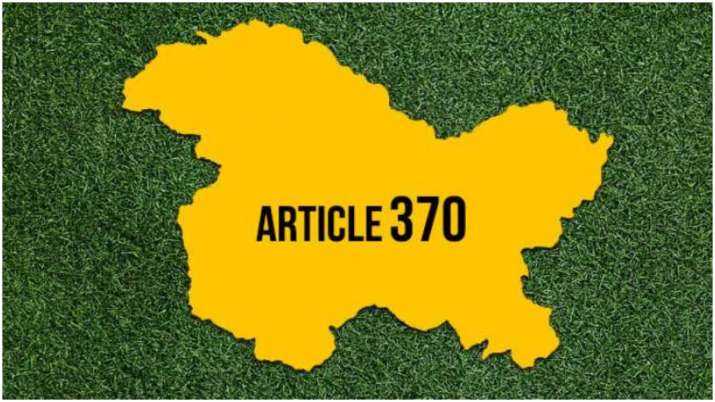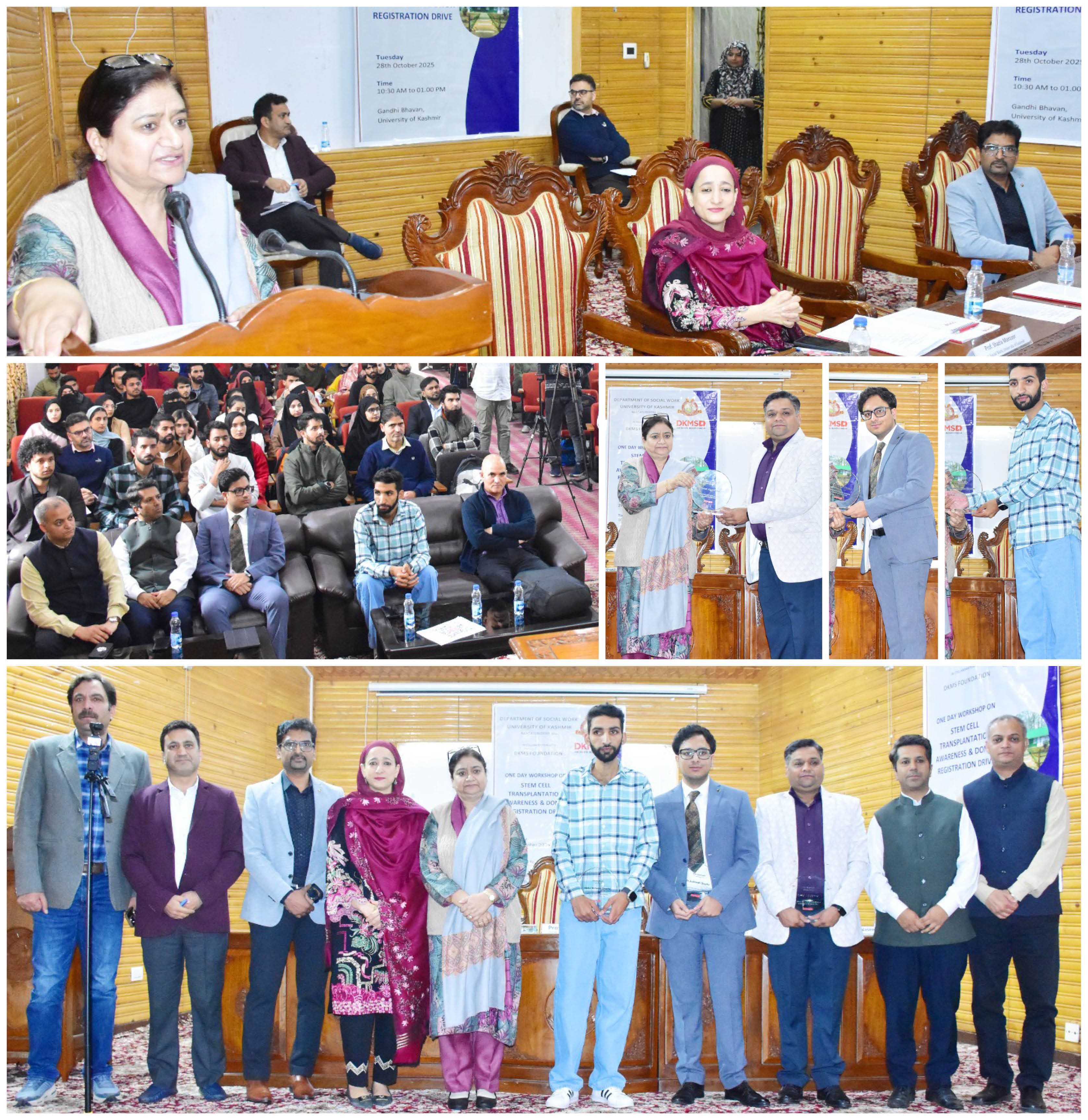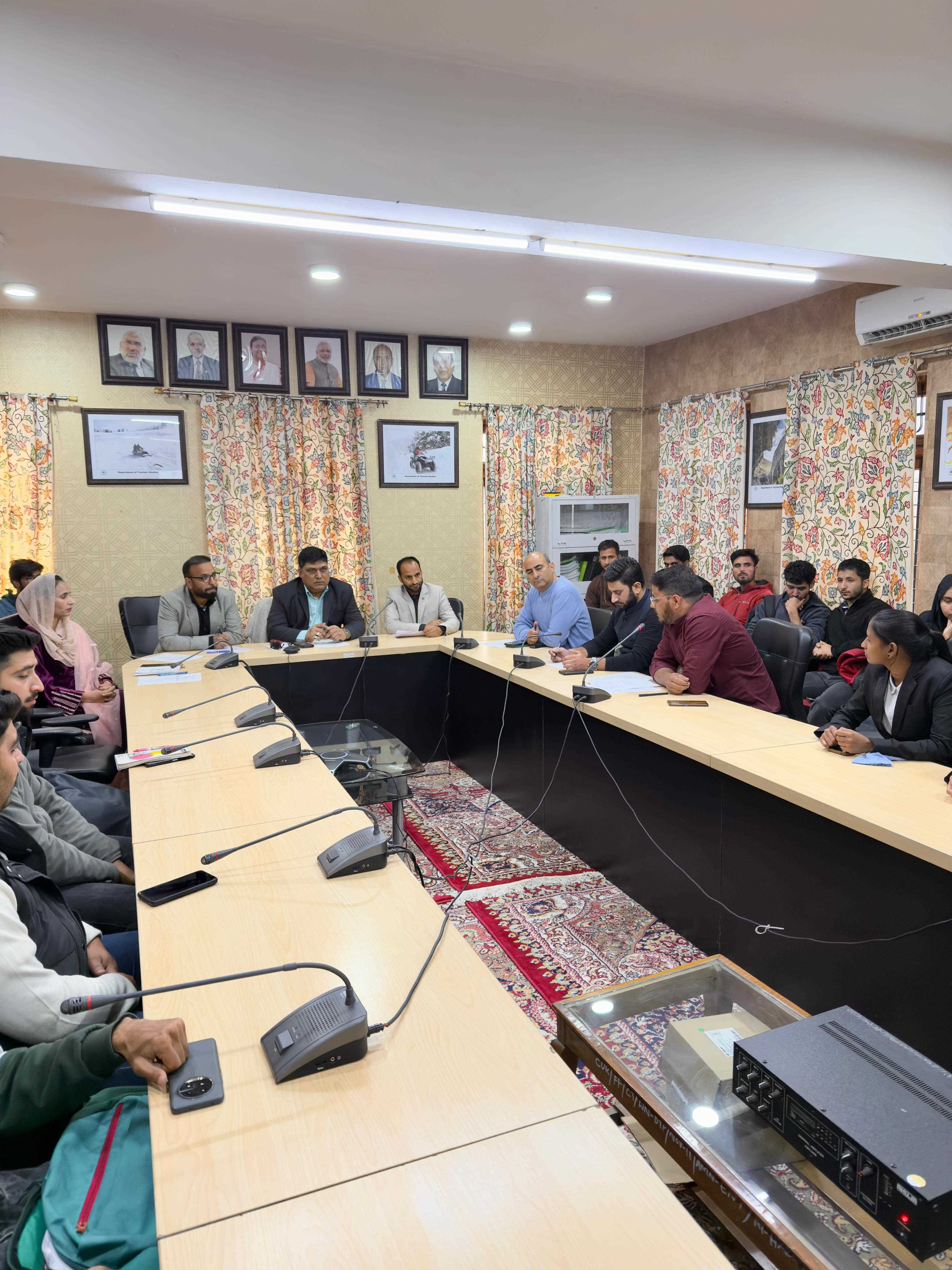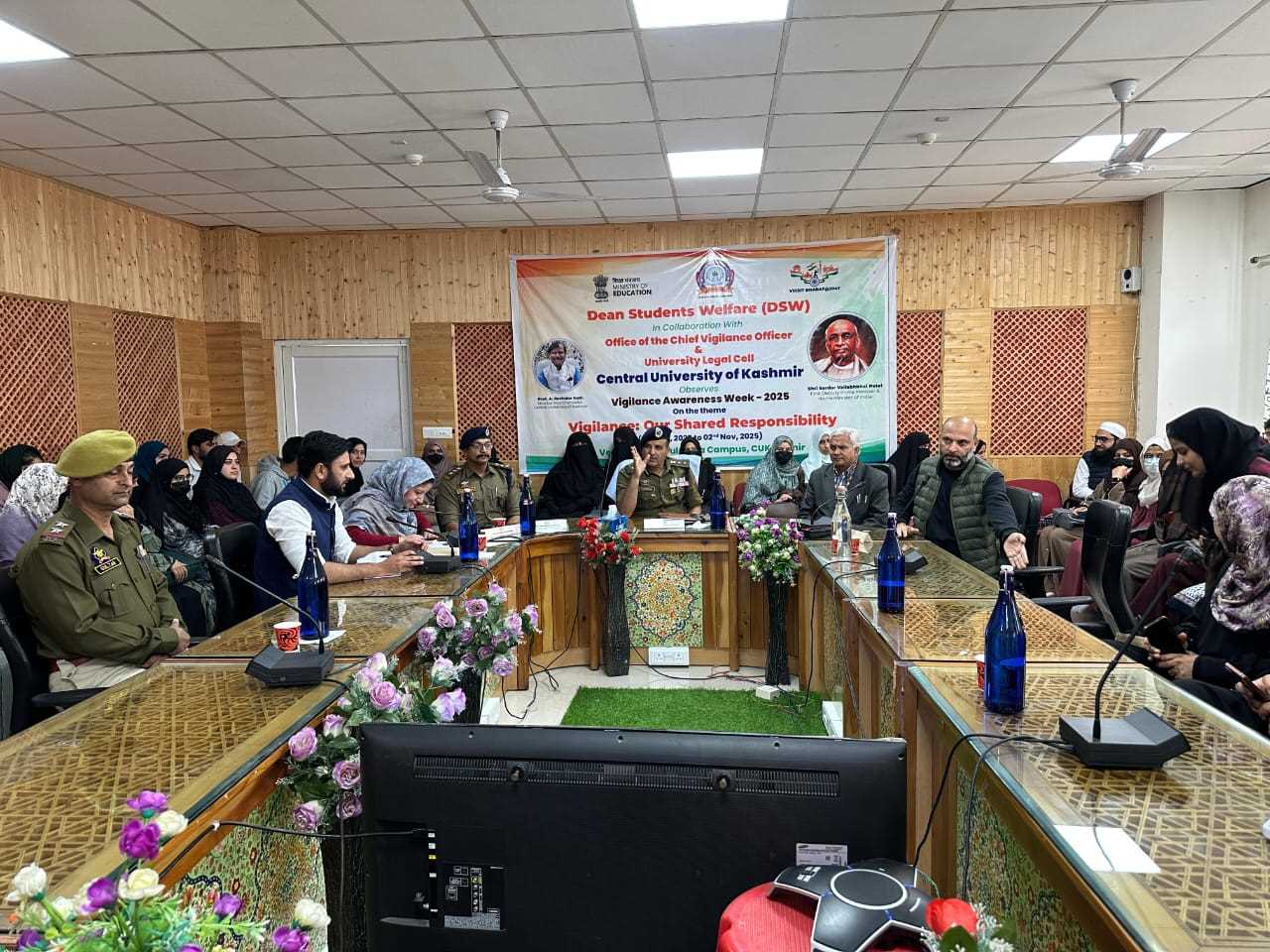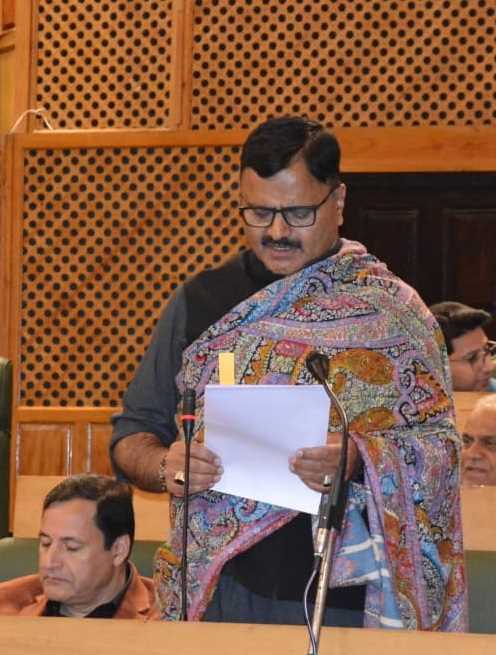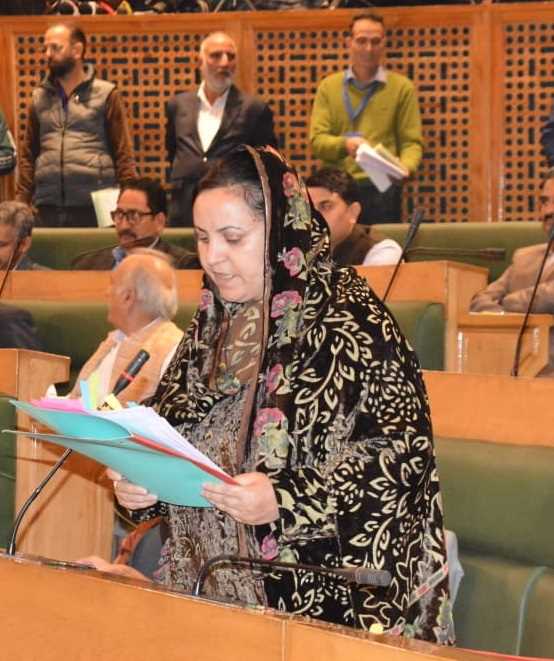The third anniversary of the bifurcation of the erstwhile state of Jammu and Kashmir into two Union Territories (UTs) -- that of Jammu and Kashmir and Ladakh – is being observed today (Friday) and, it is a good time as any to assess what has changed in the region.
A brief recap usually serves as the best starting point. Sixty six years ago Articles 370 and 35 (A) were temporarily made a part of the Indian Constitution as it was determined at that point of time that Jammu and Kashmir needed to be given special status and a mandate to define its own domicile rules. The state, thereafter, enacted its own Constitution, which was formally adopted by a Constituent Assembly on November 17, 1956 and entered into force on January 26, 1957.
This remained the status quo till August 5, 2019, as no central government had the political will to revert to the original status and insist on placing J&K in the same league as other states and UTs.
It was only when Modi 2.0 commenced its political innings after achieving a landmark majority win in the 2019 general elections that a decision was finally taken to create the UTs of J&K and Ladakh, overcoming strident global criticism with Pakistan at the forefront.
It was a historic move that initially required imposition of curfew, suspended communication to the outside world and curbs like detaining key politicians to prevent them from fanning anti-government sentiment and disrupting law and order.
In just four days, i.e. between August 5 and 9, 2019, Parliament passed a statutory resolution recommending Article 370’s abrogation; President Ram Nath Kovind revoked J&K’s special status on August 6 and the Jammu and Kashmir Reorganisation Act, 2019 was passed by Parliament and given presidential assent.
This was the background to Article 370.
Has this landmark decision benefitted or compromised the inhabitants of J&K, and Ladakh? This has been a constant refrain? Therefore, it is only appropriate to reveal what has changed in detail and leave the reader to decide?
Since the removal of both ‘controversial’ articles, we have had panchayat polls and have also successfully undertaken a delimitation exercise giving more people of the region a voice and a vote for the kind of administration they want to address their day-to-day issues.
Both developments reveal the Modi government’s commitment to grassroots and participative democracy, as well as giving a fillip to much needed development initiatives. Having a peaceful and stable environment has by and large allowed the administration to initiate schemes and programmes that meet the aspirations of J&K society, especially those living on the periphery. We are also witnessing slow but steady economic growth.
We can now say with some degree of certainty that there is a spirit of cohabitation and cooperation among the people, something that was starkly missing in the decades prior to 2019. There is greater integration between J&K and other states and Union Territories (UTs). Citizen-administration coordination and participation is much better as the UT government endeavours to mitigate the socio-economic problems of the common man.
Freedom of expression that was volatile and irreverent in past decades is observed to be more markedly civil now, though there are times, when for the sake of internal security, firm steps are taken to maintain law and order, given that J&K is a strategically important border region.
Tourism, a bread and butter sector for the region, has got a fresh boost in the aftermath of the Covid-19 pandemic. The rise in tourist inflow is also due to better infrastructure, connectivity and law and order.
Good governance, focus on agriculture, horticulture, the power sector, rural development, facilitating ease of doing business, investment and industrial growth, infrastructure development, improved road connectivity, socio-economic inclusion, drinking water for all, access to education are visible highlights.
A futuristic and all-inclusive Rs.1,12, 950 crore budget for Fiscal 2022-23 reflects the needs and aspirations of the people of J&K and a commitment to peace, progress, and prosperity by the Centre.
The UT has received $2.5 billion (about Rs.18, 568 crore) in investments from the Gulf in January this year and is expecting to attract a further Rs.70, 000 crores worth of investment by December end. Industrialists are cashing in on the potential of an economy that is on the mend. Women and youth are now at the forefront of entrepreneurial initiatives, and sports, culture and other arts are being given fresh impetus.
Looking at the above positives, we can conclude that the abrogation of 370 and 35-A suggests that the road ahead is one of hope, and optimism, future challenges notwithstanding.
